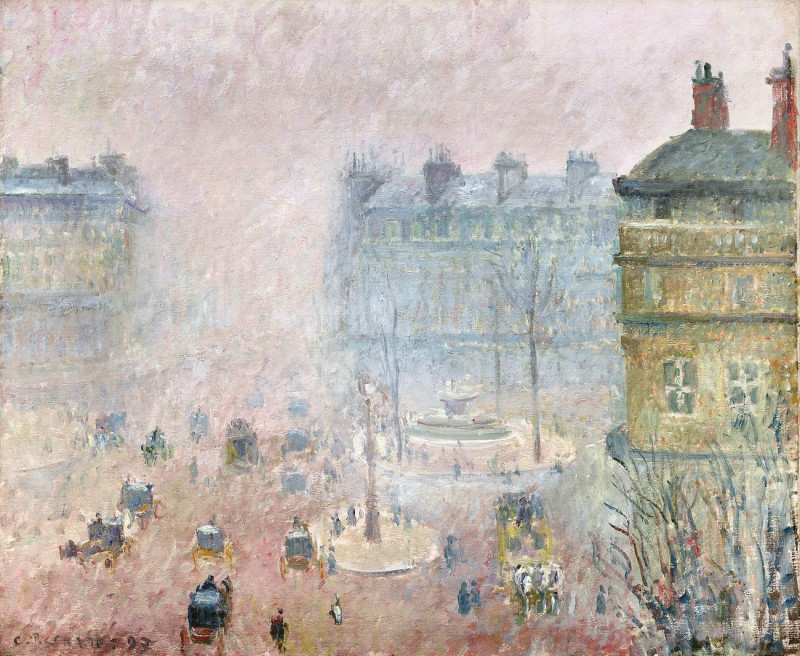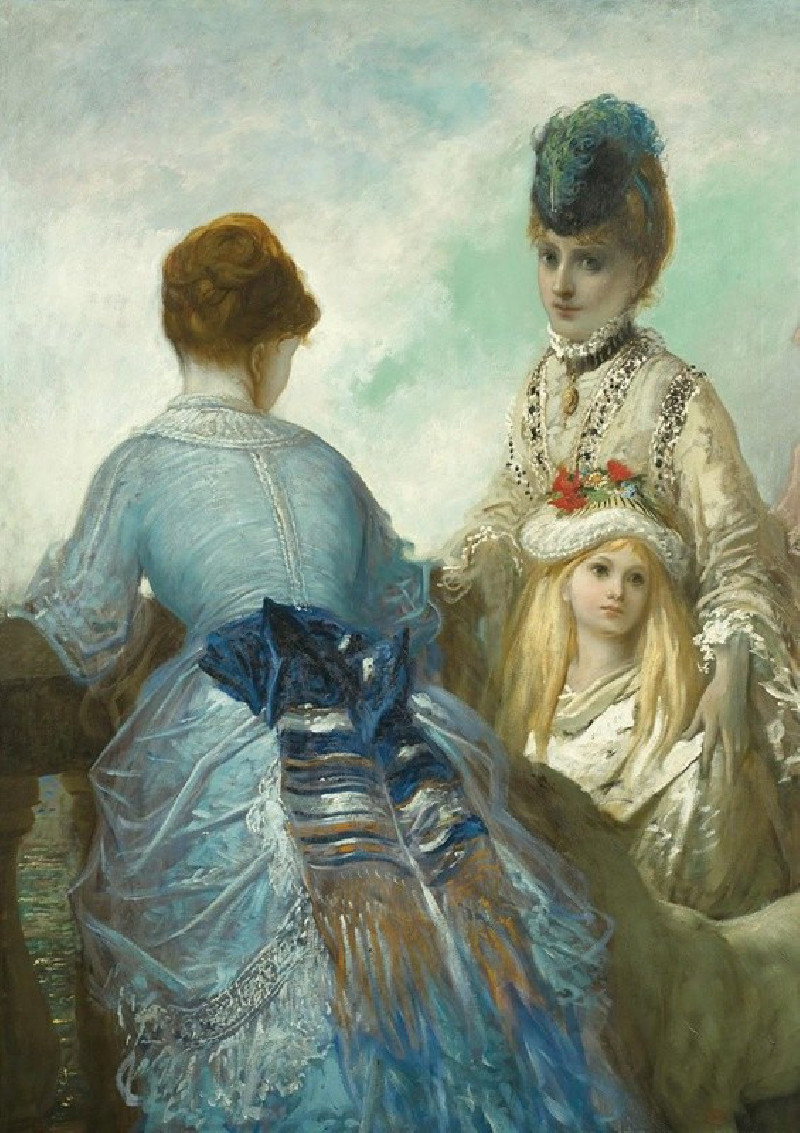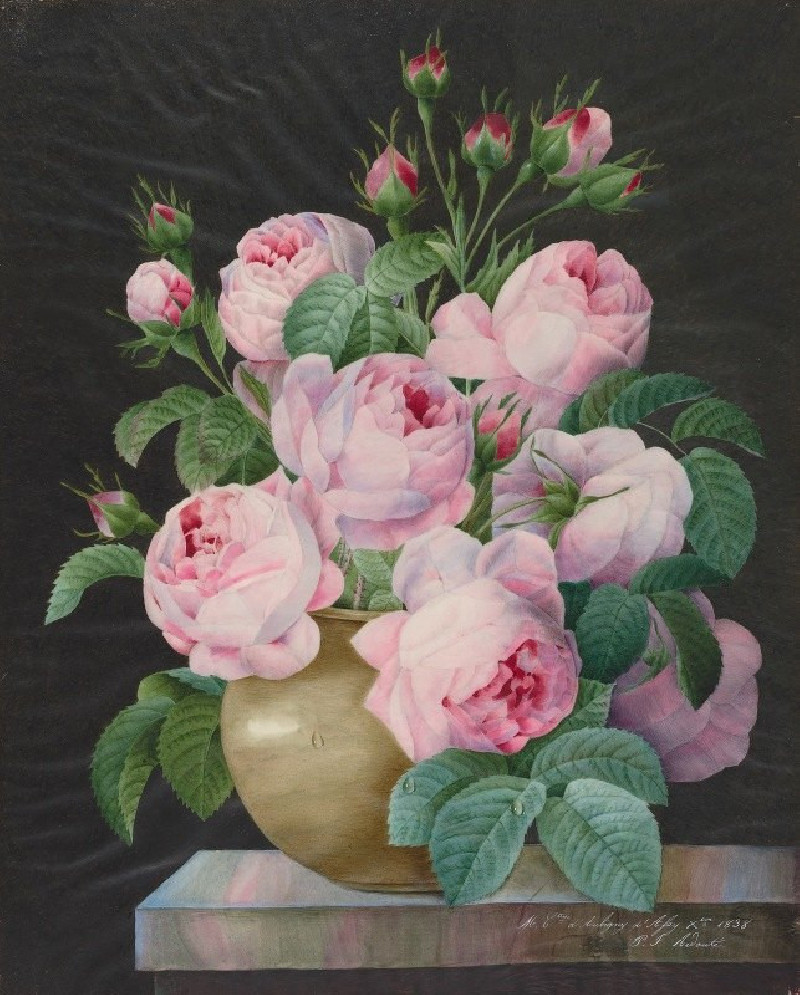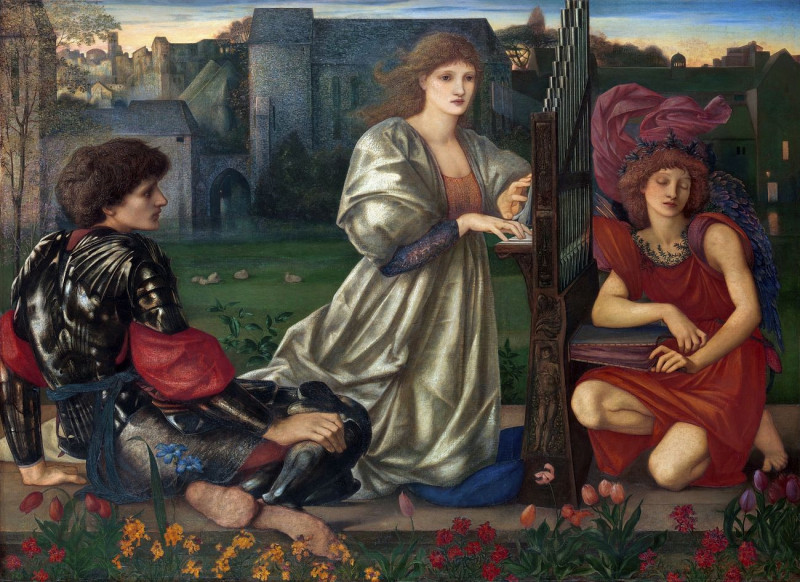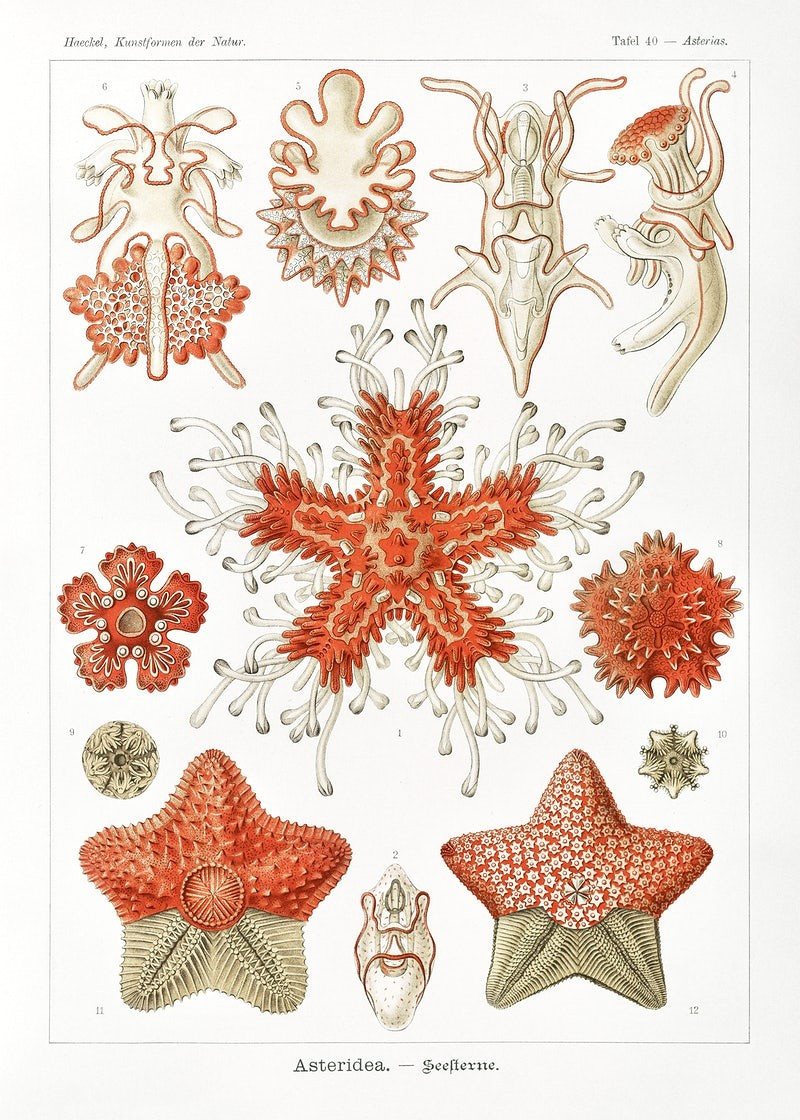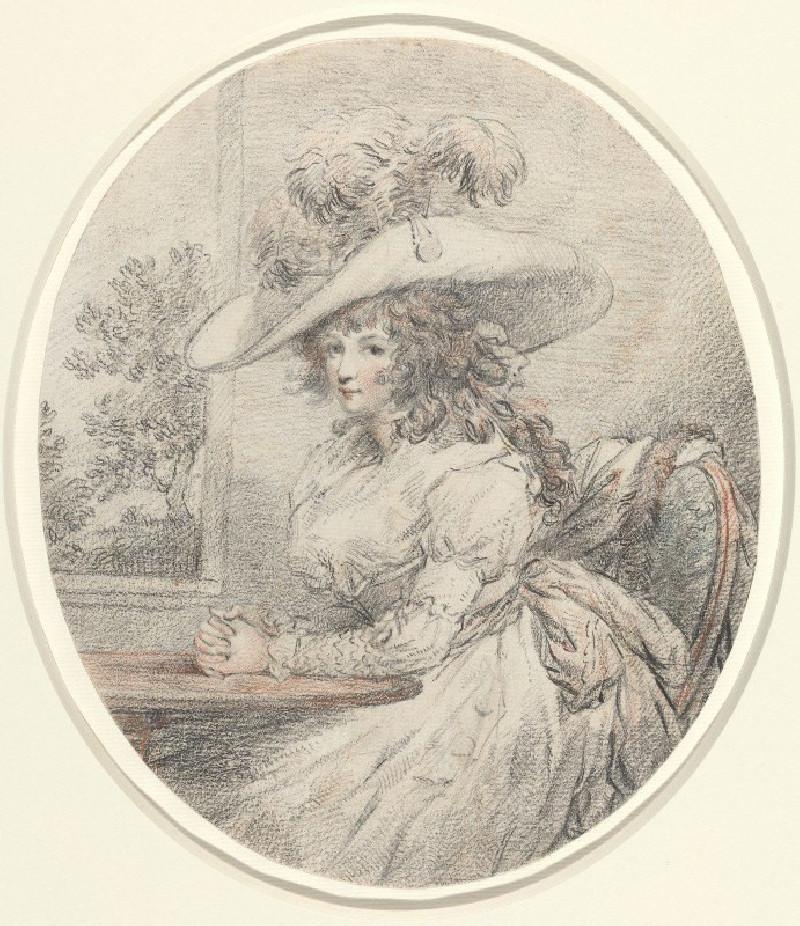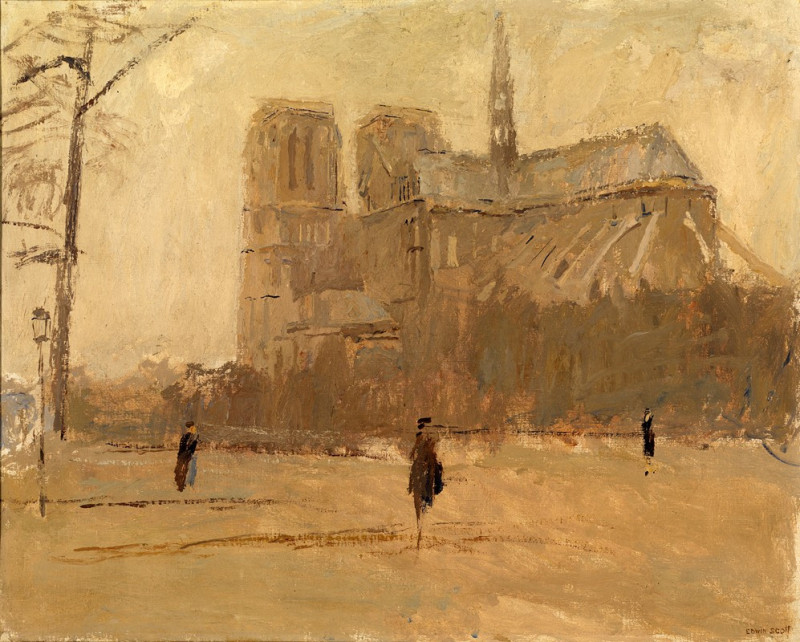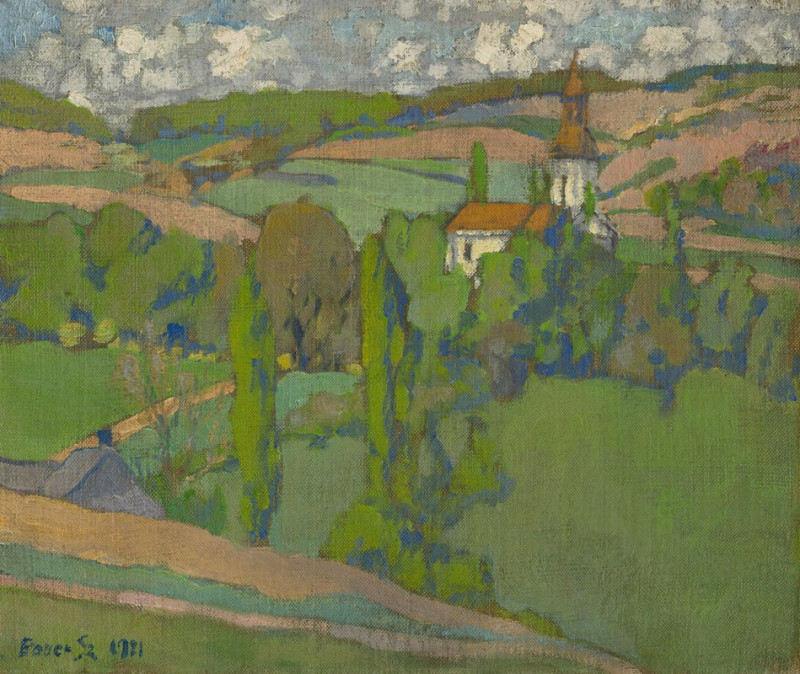Place Du Theatre Francais: Fog Effect
Technique: Giclée quality print
Recommended by our customers
More about this artwork
"Place Du Theatre Francais: Fog Effect" by Camille Pissarro is a vivid portrayal of a bustling urban scene, enveloped in a soft, impressionistic haze. This painting depicts a busy plaza in front of the French theater in Paris, a common theme in urban Impressionism, particularly in Pissarro’s oeuvre, who was fond of capturing cityscapes under varying weather conditions.At the heart of the painting, you can see the Place du Théâtre Français, now known as the Place André-Malraux. The scene is busy with the activity of small, indistinct figures who move about or gather in groups, likely going about their daily routines. The brushwork is loose and fluid, a signature of Impressionist style, capturing the movement and the fleeting nature of the scene.The painting is bathed in a palette of muted grays, blues, and earth tones that suggest a foggy or misty day, which adds a layer of atmospheric perspective and a sense of depth. The softness of the fog blurs the architectural details and merges the sky and the cityscape, enhancing the impression of a damp, chilly day typical of Parisian weather.The foreground is more brightly illuminated and detailed compared to the background, which fades into the fog, emphasizing the depth and creating a realistic sense of three-dimensional space.
Delivery
Returns
Blessed are they who see beautiful things in humble places where other people see nothing. — Camille Pissarro
Camille Pissarro (1830-1903) was born on St.Thomas (now the US Virgin Islands) to a Portuguese father and a Dominican mother. He went to Paris to study art at Ecole des Beaux-Arts. He was an early pioneer of pointillism and neo-impressionism and later became a mentor of many famous impressionist painters including Cezanne, Manet, Renoir, and Gauguin. His paintings depicted rural and urban French landscapes and lifestyle. Many of his works politically captured images of peasants and laborers. Today, he is considered the father of impressionism.

